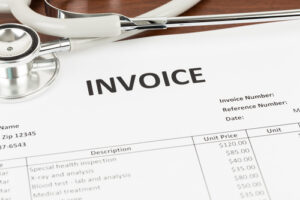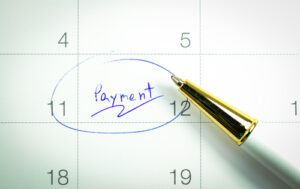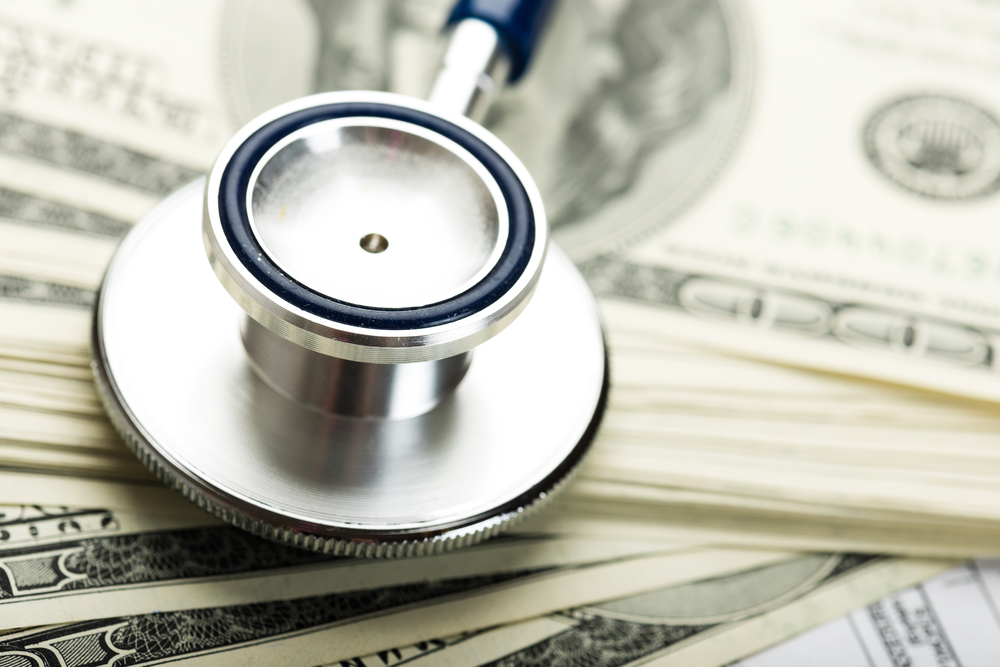In 2019, CNBC reported that 137 million Americans were struggling with medical debt. Whether it is due to an unexpected injury, a recurring illness, or simply dealing with healthcare costs as we live longer and experience more problems, medical debt is a common struggle we face as a society. And these numbers don’t include any COVID-19 statistics.
With so many people struggling to pay medical bills they either can barely afford or not afford at all, the need for relief and options to handle this challenge can be felt everywhere.
We want to share 5 tools to help you deal with medical debt you face so you can work towards a healthy future, both physically and financially.
-
Make Sure the Charges Are Accurate

Medical practice and billing are important parts of care, but each is managed by humans, and humans can make mistakes. Incorrect medical coding can lead people to be stuck with charges that were either entered by mistake or stuck with charges for services they did not receive at all.
Whenever you or a loved one receives medical treatment, you need to ensure you are being billed properly for the services provided. After the care has ended (surgery, hospital stay, etc.) – request an itemized bill detailing a breakdown of every charge with the reason and exact fee. Since so many people are in and out of care every day, medical billing errors can happen. Review every medical bill you receive to make sure it is accurate and contact the medical billing department for that provider (hospital, doctor’s office, etc.) and dispute any incorrect charges.
Disputing any incorrect charges can alter your bill either by a small or large amount, but anything will be helpful. If you don’t find any errors, at least you know you what amount you owe and can now focus on paying it off.
-
Ask for Discounts

Medical billing is notorious for being delayed/backed up due to so many bills being processed at one time, and the medical facilities want to get their bills completed quickly. Ask the provider (don’t say “if” – assume you can get a discount regardless) what kind of discount you can get if you pay everything off within a certain amount of time (like 30 or 45 days). Some providers will offer discounts if you agree to get it paid off quickly (sometimes 10% or more). It never hurts to ask.
If you don’t feel comfortable negotiating with the provider, there are professionals you can hire to review your medical bills and negotiate with the provider on your behalf. Keep in mind, this is a service that costs money as well.
-
Create a Payment Plan

Seeing the amount, you owe as one large number can be overwhelming and stressful. Just like a large project at work or home – don’t think about the entire amount you owe. Talk to the medical billing office at the provider and work out a payment plan. They can work with you and your situation to create a plan for you to pay on a schedule to eventually pay everything off. Medical Billing departments deal with hundreds of different situations every day, and they’ll be the experts on what can work best for you. Whether you can afford $50 or $200 a month – creating a set plan and sticking to it will go a long way towards eliminating that debt.
-
Apply for Financial Assistance (from the Hospital)

Most people have heard of Medicaid or government assistance for finances, but hospitals also offer financial assistance for those who need it. Each hospital will have its procedures, so you need to talk to them as soon as you can so you can begin the process. They will ask for the typical information – bank statements, tax returns, and other items to show your current financial state. They will compile all the information and determine what kind of discount they can offer you (anything is helpful).
-
Apply for a Credit Card

Putting large medical expenses on a credit card should be a last resort, but it can be helpful if you have the discipline and ability to pay off the bill on a recurring and consistent schedule. There are 0% and low-interest-rate credit cards out there, so find one that works with your budget and timeline.
Even without COVID-19, medical debt is at an all-time high for our society. If you are struggling with medical debt, it can feel like you are alone with no help or options to help the situation. There are always options to help you, regardless of your situation.
There is no one-size-fits-all option for handling medical debt, as everyone has different situations that require different solutions. The important thing to remember is there is help available.





Leave A Comment